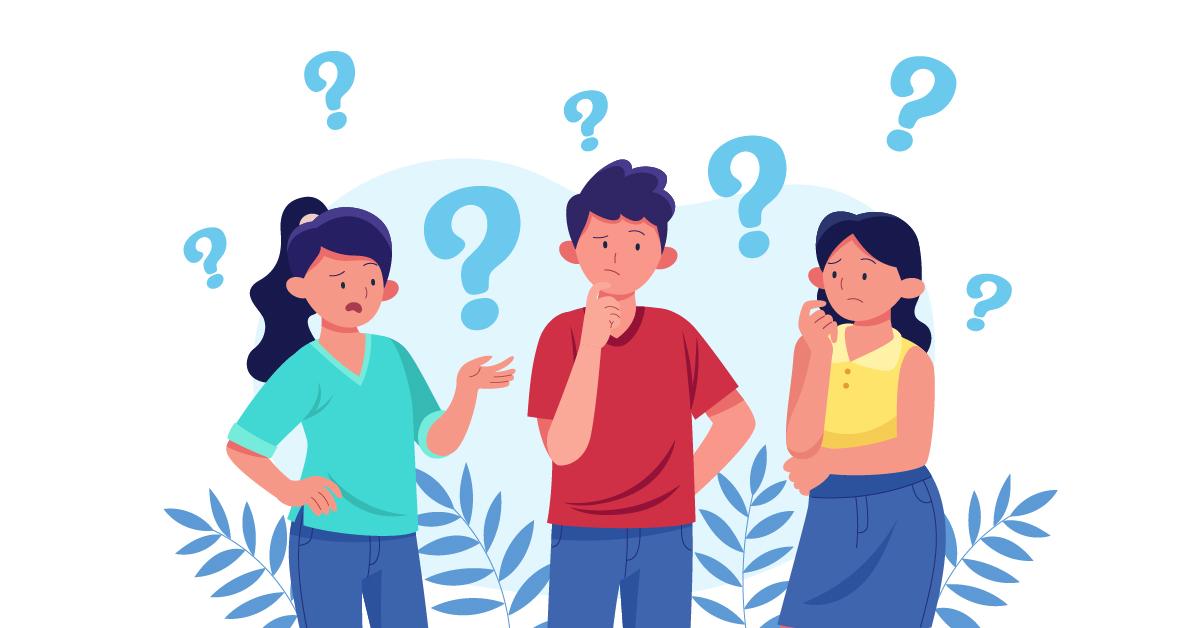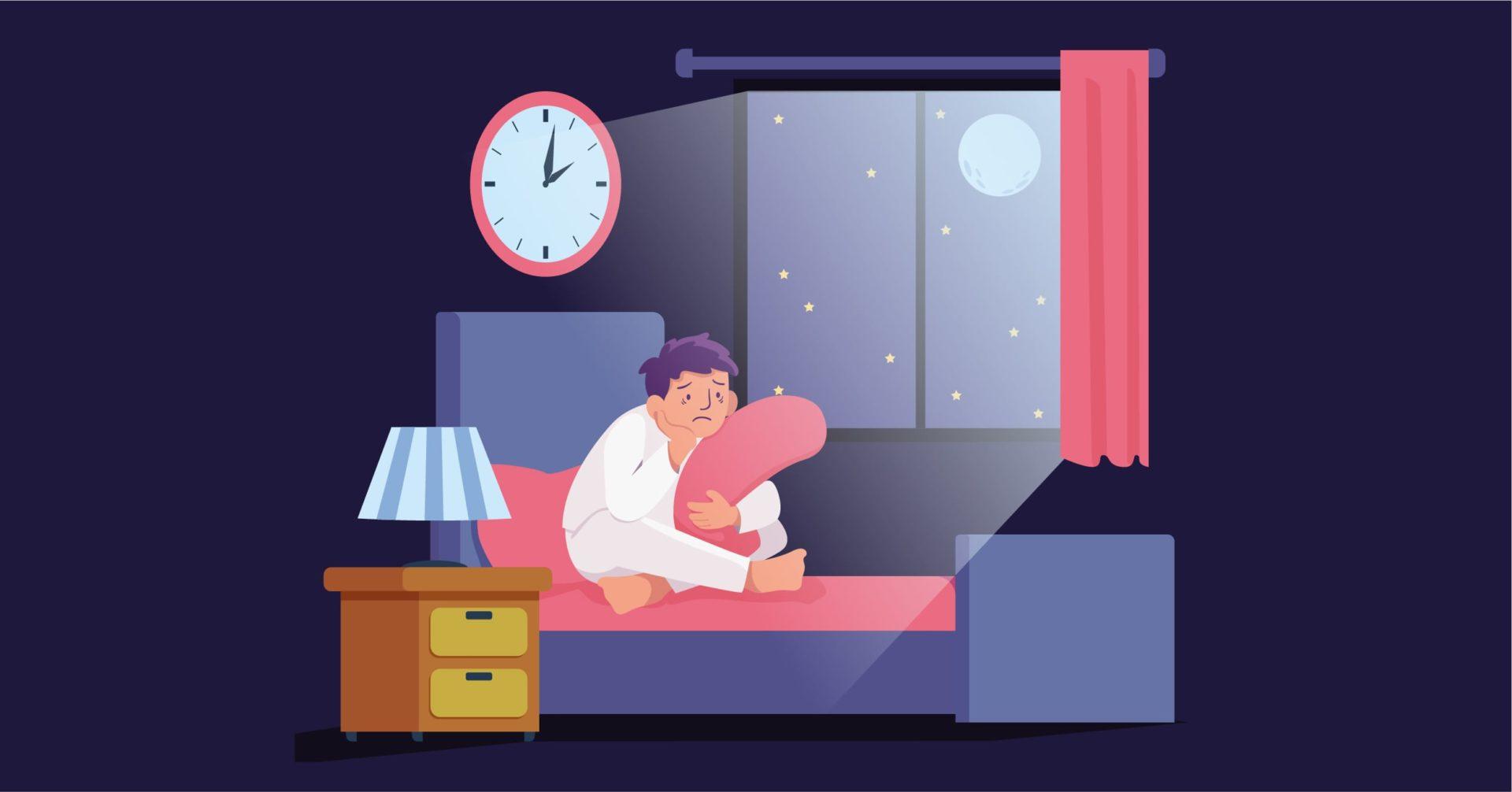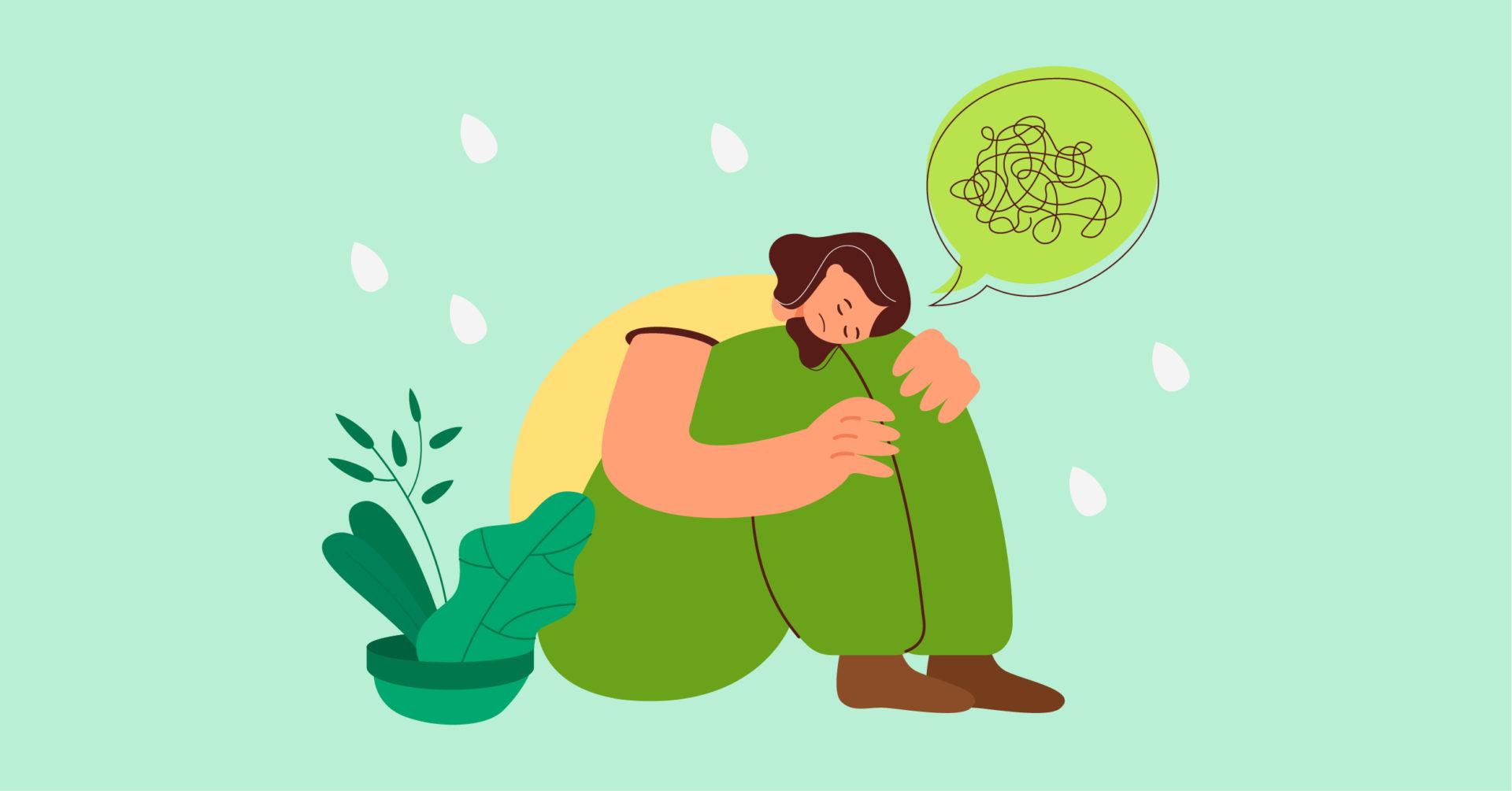Overview
Trichotillomania, or Hair-Pulling Disorder, involves the compulsive pulling of the hair, often resulting in noticeable hair loss. Hair pulling may be followed by ritualistic behavior that can range from touching and playing with the hair to biting or even swallowing it.
Various states of emotion are associated with the hair pulling behavior, such as a feeling of tension leading up to the pulling, and followed immediately by a sense of relief or gratification.
Trichotillomania can cause significant distress, including feelings of shame and embarrassment. Moreover, pulling can damage the hair quality and growth, and other subsequent behaviors can cause further physical harm.
Females are considered to be more affected than males in adult populations. The exact aetiology of Trichotillomania is unclear, but genetic, neuroanatomical, neurobiological, and environmental correlates have been hypothesized.
Compared to pharmacological treatment interventions for the disorder, various modes of behavioral therapy have shown more promising efficacy.
Signs and Symptoms
The signs and symptoms of Trichotillomania include:
- Repetitive pulling of hair from the body
- Significant hair loss
- Inability to stop pulling hair in spite of repeated attempts to do so
- Distress due to hair pulling behavior and hair loss
- Specifically pulling out hair of specific texture, color, or having other distinct characteristics
- Specific ways of pulling out hair
- Examining or manipulating the hair after it has been pulled out
- Feelings of tension prior to hair pulling behavior
- Feelings of gratification or relief immediately after hair pulling behavior
- Other body-focused persistent behaviors, such as nail biting, lip chewing, or skin picking
Risk Factors
There is a female preponderance in the prevalence of Trichotillomania among adults, and an equal distribution among males and females among children.
It is possible that this is a result of higher treatment-seeking among females due to cultural and social norms, with stronger experienced pressure among females to consult a healthcare professional due to the effect of hair pulling on appearance than among males.
The onset of the disorder is typically observed between ages 10-13. Trichotillomania occurring in infants is usually resolved during stages of early development.
While the exact causal factors of the disorder are unclear, multidimensional attributions have been hypothesized.
Genetic associations have indicated the presence of impulsive or compulsive disorders among first-degree relatives of individuals with Trichotillomania.
Familial studies have shown higher risk for psychiatric disorders including major depressive disorder, obsessive-compulsive disorder, antisocial personality disorder, and substance use disorders among families with a history of Trichotillomania.
Neurobiological correlates have been proposed, focusing on the neurotransmission of serotonin. Neuroimaging has also led to insights with regards to neuroanatomical anomalies in the basal ganglia, prefrontal cortex, and midbrain.
It has also been theorized that hair pulling behavior manifested in the disorder is a form of coping with stress, and the behavior is reinforced by the tension release that is observed within the symptomatology of the disorder.
Within diagnoses that are comorbid with depressive disorder, hair pulling behavior is also sometimes considered to be a result of psychological pain and negative affect such as low self-esteem, and may be engaged in as an effort to alleviate the feeling of numbness in the same pattern as self-harm behaviors.
Among co-occurring disorders, behaviors associated with Trichotillomania are usually observed before the presentation of the comorbidity.
Diagnosis
Diagnosing Trichotillomania may involve the implementation of different forms of diagnostic measures for confirmatory purposes. Clinical interviews and behavioral assessments are typically carried out, and both clinician and patient rating scales may be used.
The main challenge associated with the diagnosis is the possible shame experienced by the patient which may lead to a reluctance in openly discussing or permitting thorough examination of the consequences of the hair pulling behavior (for e.g., the patient may feel uncomfortable letting the healthcare provider inspect or photograph the area of hair pulling for the purpose of maintaining records).
It is thus important for the healthcare professional to take into account the possible feelings of the individual and make them feel comfortable during the process of assessment.
Due to the extensive nature of possible aetiologies associated with the disorder, it is important during the clinical interview to make thorough inquiries regarding all potential avenues such as family history, current sources of stress, past life experiences, and more. The type, frequency, and severity of the hair pulling behavior must also be noted.
The DSM-5 specifies the following diagnostic criteria for Trichotillomania:
- Repetitive hair pulling that results in loss of hair
- Persistent attempts to decrease or stop hair pulling behavior
- Significant distress/impairment in important areas of functioning resulting from hair pulling behavior
- The hair pulling/loss is not due to another medical condition
- The hair pulling is not due to the symptoms of other mental disorder
It is vital to rule out differential diagnoses, both psychiatric: such as obsessive-compulsive disorder, body dysmorphic disorder, neurodevelopmental disorders, and borderline personality disorder, and psychotic conditions, as well as physical: such as skin disorders, hormonal dysregulation, and deficiencies. Skin biopsies and other laboratory tests may be carried out in the initial stages of the diagnostic process.
Treatment
While both pharmacological and therapeutic modes of treatment are available for Trichotillomania, there is more empirical evidence to support the use of the latter.
The most common class of medication used in the treatment of the disorder are SSRIs (Selective Serotonin Reuptake Inhibitors), but their effectiveness has been questioned in terms of strength as well as longevity of efficacy.
Clomipramine, a TCA (Tricyclic Antidepressant) has also shown adequate effectiveness. There has also been promising evidence for the use of the amino acid NAC (N-Acetyle Cysteine).
Non-pharmacological treatments often encompass stimulus control and habit reversal training. Dialectical behavioral therapy has also shown efficacy. Habit reversal training is often used in cases presenting undesirable behaviors, including excoriation, nail-biting, and tics.
Generating awareness allows individuals to actively recognize cues that may trigger hair pulling and make attempts to engage in other behaviors (such as balling up the fists) until the urge passes.
Stimulus control, on the other hand, focuses on removing or making modifications to possible triggers that may cause sensory reactions leading to pulling. For example, individuals may be asked to apply bandages to their fingers to reduce the touch input reinforcement that is felt after rolling pulled hair between fingers.
A combination of habit reversal training and stimulus control may be implemented.
Differential Diagnosis
Normative hair removal/manipulation: Trichotillomania should not be diagnosed when hair removal is performed solely for cosmetic reasons.
Many individuals twist and play with their hair, but this behavior does not usually qualify for a diagnosis of trichotillomania. Some individuals may bite rather than pull hair; again, this does not qualify for a diagnosis of trichotillomania.
Other obsessive-compulsive and related disorders: Individuals with OCD and symmetry concerns may pull out hairs as part of their symmetry rituals, and individuals with body dysmorphic disorder may remove body hair that they perceive as ugly, asymmetrical, or abnormal; in such cases a diagnosis of trichotillomania is not given.
Neurodevelopmental disorders: In neurodevelopmental disorders, hair pulling may meet the definition of stereotypies. Tics rarely lead to hair pulling.
Psychotic disorder: Individuals with a psychotic disorder may remove hair in response to a delusion or hallucination. Trichotillomania is not diagnosed in such cases.
Another medical condition: Trichotillomania is not diagnosed if the hair pulling or hair loss is attributable to another medical condition. Skin biopsy or dermoscopy can be used to differentiate individuals with trichotillomania from those with dermatological disorders.
Substance-related disorders: Hair-pulling symptoms may be caused by certain substances; for example, stimulants. But it is less likely that substances are the primary cause of persistent hair pulling.
Comorbidity
Trichotillomania is often accompanied by other mental disorders, most commonly major depressive disorder and excoriation disorder and obsessive-compulsive disorder..
Specialists
A primary physician may be approached with physical concerns caused by hair pulling, and carry out adequate diagnosis. It is important for specialists consulting with the patient to take into account the possible feelings of shame or embarrassment that may cause them to hold back from sharing the history, frequency, severity, and other details of the hair pulling behavior.
Psychiatrists, clinical psychologists, or specialists in behavior therapy may be able to help manage the symptoms through adequate intervention.




